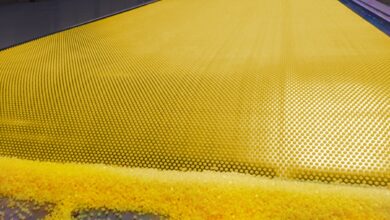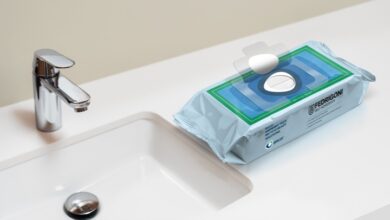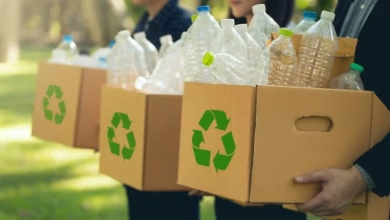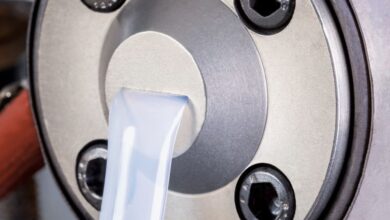Effective solution for the replacement of PTFE in flame retardancy
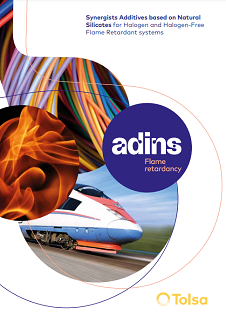
Iranpolymer/Baspar Tolsa is offering its ADINS® Clay range of flame-retardant additives as a viable replacement for polytetrafluoroethylene (PTFE) as an anti-dripping mechanism for polymer formulations. ADINS® Clay products meet increasingly stringent regulations as well as environmental, health and safety standards that are directly influencing the demand for alternative and safe materials.
ADINS® products meet the growing demand for synergists, optimizing not only the consumption of conventional flame retardants, but also providing and enhancing desired properties and functionalities such as anti-dripping, char promotion, significant reduction of smoke and heat generation, among others. ADINS® technology allows the development of customized grades that guarantee compliance with specific client and industry requirements.
“Our unique FR technology continues to evolve, and we see continuing growth for ADINS synergistic additives in a wide range of systems that require the highest standards of flame retardancy,” said Marta Sacristán, Functional Additives Product Manager for Tolsa. “Our materials are highly versatile and can be fine-tuned to meet the high-performance needs of formulators and end users.”
In halogen and halogen-free formulations (HFFR), the use of drip suppressants or anti-dripping agents is needed. A commonly used drip suppressant is poly(tetrafluoroethylene (PTFE) which forms a network structure through shearing-induced fibrillation to effectively reduce dripping. In dosages of 0.5wt% in the whole FR system, PTFE improves FR performance to V0 rating in the UL94 test. However, these is controversy regarding the health risks of this so-called PFAS class of “Forever Chemicals” which includes PTFE. There are health concerns surrounding the surfactants that are used to make PTFE.
ADINS® Clay series products are magnesium silicates modified in their surface with organic compounds to ease dispersion in polymeric matrices. The needle-like structure reinforces the consistency of the char, improving its properties and its gas barrier capabilities. This enhanced char decreases heat release and flame propagation, and also reduces smoke emissions and dripping (anti-dripping effect). All these benefits are proven by using standard fire behavior characterization test methods such as UL-94, LOI and Cone Calorimeter. Key applications include wire and cable, electrical and electronics, construction (pipes, insulating foams, etc.), and transportation.
industrysourcing



